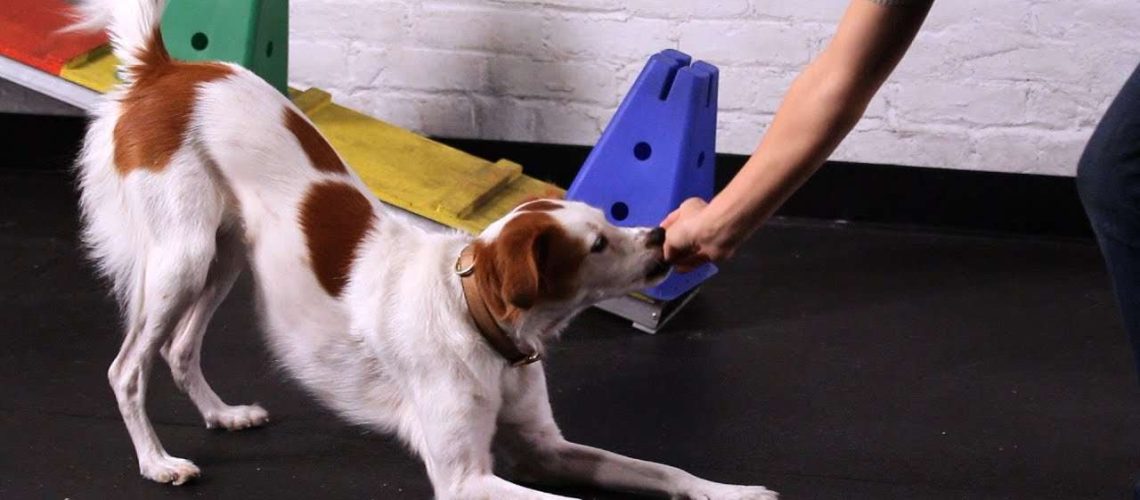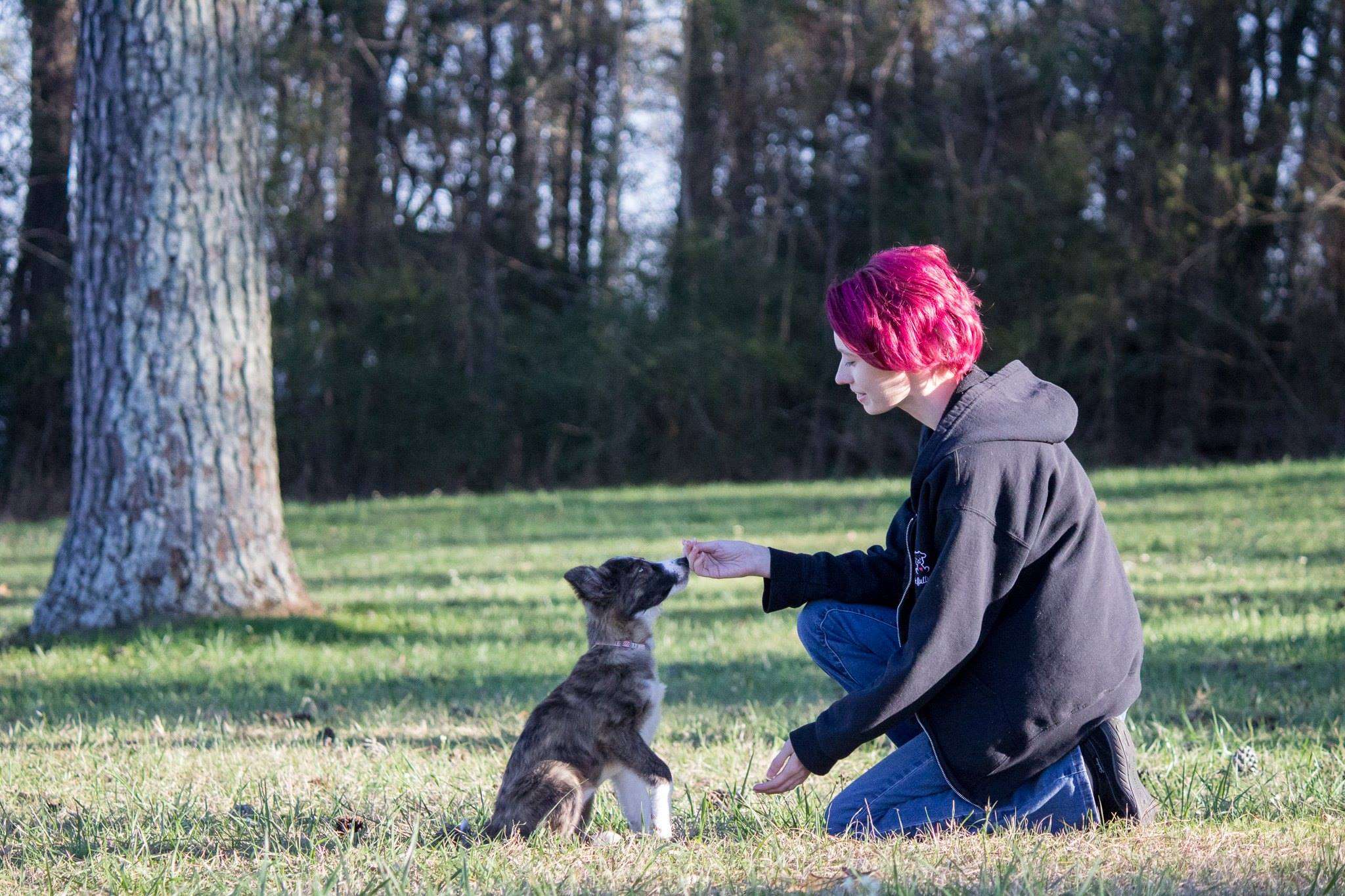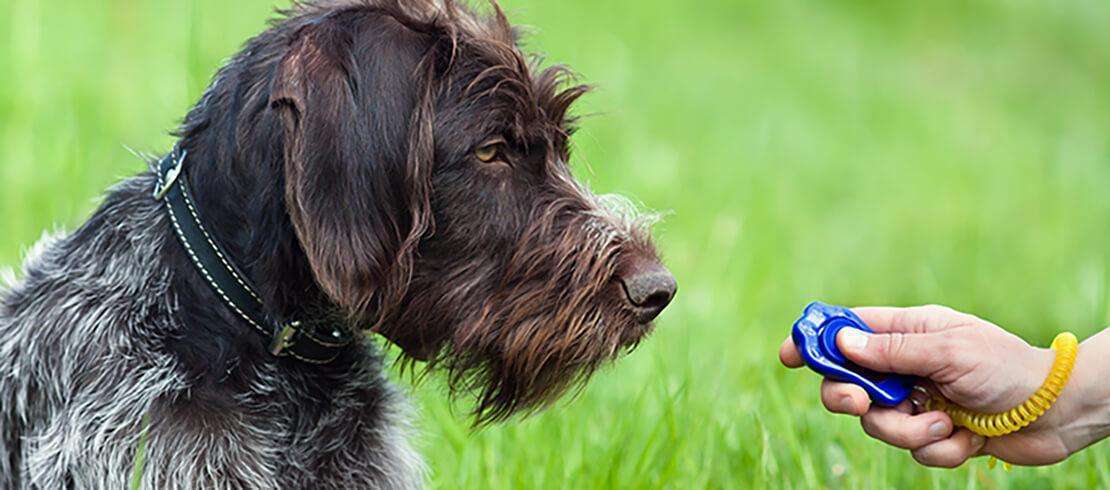Key Takeaways:
- Consistency is key: Training your dog to take a bow requires consistent practice and reinforcement of the desired behavior.
- Use positive reinforcement: Rewarding your dog with treats or praise when they successfully perform the bow will encourage them to continue doing it.
- Break it down into steps: Teach your dog to lower their head first, then gradually shape the behavior into a full bow by adding a verbal cue and hand signal.
- Be patient and go at your dog's pace: Some dogs may pick up the bow quickly, while others may take more time. Allow your dog to progress at their own speed and avoid getting frustrated.
- End on a positive note: Always end training sessions on a positive note, even if your dog hasn't mastered the bow yet. This helps keep them engaged and motivated for future training sessions.
Are you tired of your dog's limited repertoire of tricks? Do you want to impress your friends and family with a new, awe-inspiring trick that will leave everyone in awe? Look no further! In this article, we will reveal the secret to training your dog to take a bow. Not only will this trick entertain and amaze, but it also has numerous benefits for both you and your furry friend. Imagine the joy on your dog's face as they master this impressive pose, boosting their confidence and strengthening the bond between you two. Plus, teaching your dog new tricks can stimulate their mind and prevent boredom, leading to a happier and healthier pup overall. So, let's dive into the world of canine training and unlock the magic of teaching your dog to take a bow! Get ready to witness the transformation of your ordinary pet into an extraordinary performer.
Training Your Dog to Take a Bow: The First Step
When training your dog to take a bow, the first step is to choose a quiet and distraction-free environment. Find a place where you and your dog can focus without any interruptions. This could be in your backyard or a quiet room in your house.
Next, get some treats that your dog loves. These treats will be used as rewards during the training process. Make sure to have plenty of treats on hand so you can reward your dog frequently.
Choosing the Right Cue for the "Take a Bow" Command
Before you start teaching your dog to take a bow, it's important to choose the right cue or command word. This is the word or phrase that you will use to tell your dog when you want them to perform the trick.
You can choose any word or phrase that you like, as long as it's something that you can say clearly and consistently. Some popular choices for the "take a bow" command are "bow," "take a bow," or "curtsy." Pick one that feels natural for you to say.
Making Training Sessions Fun and Engaging
To keep your dog motivated and engaged during training sessions, make sure they are fun and enjoyable for both of you. Use positive reinforcement techniques such as praise, treats, and playtime to reward your dog for their efforts.
You can also incorporate games into the training process. For example, after each successful attempt at taking a bow, play a short game of fetch or tug-of-war with your dog's favorite toy. This will make the training sessions more exciting and reinforce their desire to learn.
Motivating Your Dog to Learn the "Take a Bow" Command
One of the best ways to motivate your dog to learn the "take a bow" command is through positive reinforcement. Dogs love to please their owners, and when they receive praise and rewards for their actions, it encourages them to continue learning.
Start by showing your dog the treat and letting them sniff it. Then, hold the treat close to their nose and slowly move it towards the ground. As your dog follows the treat with their nose, they will naturally lower their front legs into a bowing position. When they do this, say your chosen cue word (e.g., "bow") and immediately give them the treat as a reward.
Using Toys as Motivators
In addition to treats, you can also use toys as motivators during training sessions. Some dogs are more motivated by playtime than food rewards, so having a favorite toy on hand can be a great way to keep them engaged.
For example, if your dog loves playing fetch with a tennis ball, you can use that as a reward for successfully taking a bow. After they perform the trick correctly, throw the ball for them to chase and retrieve. This will not only reinforce their behavior but also provide an opportunity for physical exercise and mental stimulation.
Consistency is Key
Consistency is crucial when training your dog to take a bow or any other command. Use the same cue word every time you want your dog to perform the trick, and always follow it with a reward.
Make sure everyone in your household uses the same cue word and rewards consistently as well. This will prevent confusion for your dog and help them understand what is expected of them.
Using Treats as Rewards for Teaching Your Dog to Take a Bow
Treats are a powerful motivator when it comes to training your dog to take a bow. They provide an immediate reward for your dog's efforts and help reinforce the desired behavior.
When using treats as rewards, it's important to choose ones that your dog finds highly desirable. This could be small pieces of cooked chicken, cheese, or commercial dog treats that they love. Experiment with different types of treats to see which ones your dog responds to best.
Using Treats Effectively
When teaching your dog to take a bow, use the treat as a lure to guide them into the correct position. Hold the treat close to their nose and slowly move it towards the ground. As they follow the treat with their nose, their front legs will naturally lower into a bowing position.
Once your dog is in the bow position, say your chosen cue word (e.g., "bow") and immediately give them the treat as a reward. Repeat this process multiple times during each training session until your dog starts to understand what you want from them.
Varying Treat Rewards
To keep your dog motivated and engaged during training sessions, vary the type of treat rewards you offer. Instead of giving them the same treat every time, mix it up with different flavors or textures.
You can also use higher-value treats for more challenging training sessions or when your dog is showing progress. For example, if your dog usually receives small pieces of kibble as rewards, occasionally give them a larger, tastier treat for exceptional performance.
Tips for Physically Guiding Your Dog into the Bow Position during Training
Physically guiding your dog into the bow position can be helpful when they are still learning the trick. Here are some tips on how to do it effectively:
Using a Target Stick or Your Hand
A target stick or your hand can be used as a physical guide to help your dog understand the desired position. Hold the target stick or your hand in front of their nose and slowly move it towards the ground. As they follow the target, their front legs will lower into a bowing position.
Once they are in the correct position, say your chosen cue word (e.g., "bow") and immediately reward them with a treat. Repeat this process several times during each training session until your dog starts to respond to the verbal cue without needing physical guidance.
Gradually Reducing Physical Guidance
As your dog becomes more comfortable with the bowing motion, gradually reduce the amount of physical guidance you provide. Start by using less pressure on the target stick or moving your hand slightly further away from their nose.
If your dog consistently responds correctly to the verbal cue without needing physical guidance, you can eventually phase out the use of the target stick or your hand altogether. This will help them develop independence and perform the trick on command.
Practicing the "Take a Bow" Command with Your Dog: Frequency and Duration
Consistent practice is key when teaching your dog to take a bow. Here are some guidelines for frequency and duration of training sessions:
Short but Regular Training Sessions
Dogs have short attention spans, so it's best to keep training sessions short but frequent. Aim for 5-10 minutes of focused training time per session, 2-3 times a day.
This regular practice will help reinforce what your dog has learned and prevent them from getting bored or overwhelmed. It's better to have multiple short sessions throughout the day than one long session.
Building on Previous Success
Each training session should build on the progress your dog has already made. Start with a quick review of the "take a bow" command and reward your dog for performing it correctly.
Once they have mastered the basic bowing motion, you can start adding variations or increasing the difficulty level. For example, you can ask your dog to hold the bow position for a few seconds longer or perform the trick from a distance.
Overcoming Challenges While Teaching Your Dog to Take a Bow
Teaching your dog to take a bow may come with some challenges along the way. Here are some common obstacles you might encounter and how to overcome them:
Lack of Motivation
If your dog seems uninterested or unmotivated during training sessions, try using higher-value treats or toys as rewards. You can also try changing up the training environment or incorporating more playtime into the sessions to make them more engaging.
If your dog still lacks motivation, it might be helpful to consult with a professional dog trainer who can provide additional guidance and support.
Inconsistent Performance
If your dog is inconsistent in their performance of the "take a bow" command, it's important to go back to basics and reinforce the behavior from the beginning. Break down the trick into smaller steps and practice each step separately before putting them together.
Be patient and give your dog plenty of opportunities to succeed. Remember to reward them for every correct response, even if it's not perfect. With time and practice, their performance will become more consistent.
Showcasing Your Dog's "Take a Bow" Trick: Fun Ways for Friends and Family
Once your dog has mastered the "take a bow" command, it's time to show off their new trick to friends and family. Here are some fun ways to showcase your dog's skills:
Creating a Performance Routine
Create a short performance routine that includes the "take a bow" command along with other tricks or commands your dog knows. Practice the routine until your dog can perform it smoothly and confidently.
You can then invite friends and family over for a mini-showcase where your dog gets to demonstrate their skills. Make sure to have treats or toys on hand as rewards for their stellar performance.
Recording and Sharing Videos
Record videos of your dog performing the "take a bow" trick and share them on social media platforms like Instagram or Facebook. You can even create a dedicated page or account for your dog where you can showcase all their tricks and training progress.
Invite friends, family, and fellow dog lovers to follow your dog's journey and celebrate their accomplishments together. It's a great way to spread joy, inspire others, and connect with like-minded individuals who appreciate the bond between humans and dogs.
In conclusion, training your dog to take a bow can be a fun and rewarding experience. By following the steps mentioned and being patient with your furry friend, you can teach them this impressive trick that will surely impress others. Remember to always use positive reinforcement and have fun during the training process!
Do dogs bow to show respect?
When dogs perform a playful gesture of bowing, it usually means they want to engage in play. This is the most common message that dogs convey through this action. However, there are also instances when dogs use this bowing behavior to apologize, particularly if they were playing and accidentally became too rough.
What is the easiest command to teach a dog?
Teach your dog to sit. Out of all the commands, teaching your dog to sit is the simplest one.
What is the first trick to teach a dog?
Begin by teaching your dog how to shake paws. You will utilize the same movement your dog makes when shaking hands to train it to lift its paw for waving. This trick is not only adorable to observe but also serves as a fantastic way to capture attention.
What is the most important command to teach a dog?
'Come' is an essential command to train your dog, as it allows you to call them back when you're outside. To begin training at home, call your dog towards you, using the command 'Come'.
Why is downward dog difficult?
If your hamstrings and calves are tight, it will be challenging for you to fully extend your legs and plant your heels on the ground. If you try to overcome this tightness, it may cause other alignment issues, such as rounding your back and shifting your body's alignment forward as compensation.
What position should I start my downward dog?
Assume a position on the floor by getting down on your hands and knees. Place your hands shoulder-width apart and make sure your shoulders are directly above your wrists. Align the inner parts of your shoulders with your index fingers. Your hips should be positioned above or slightly in front of your knees.

















